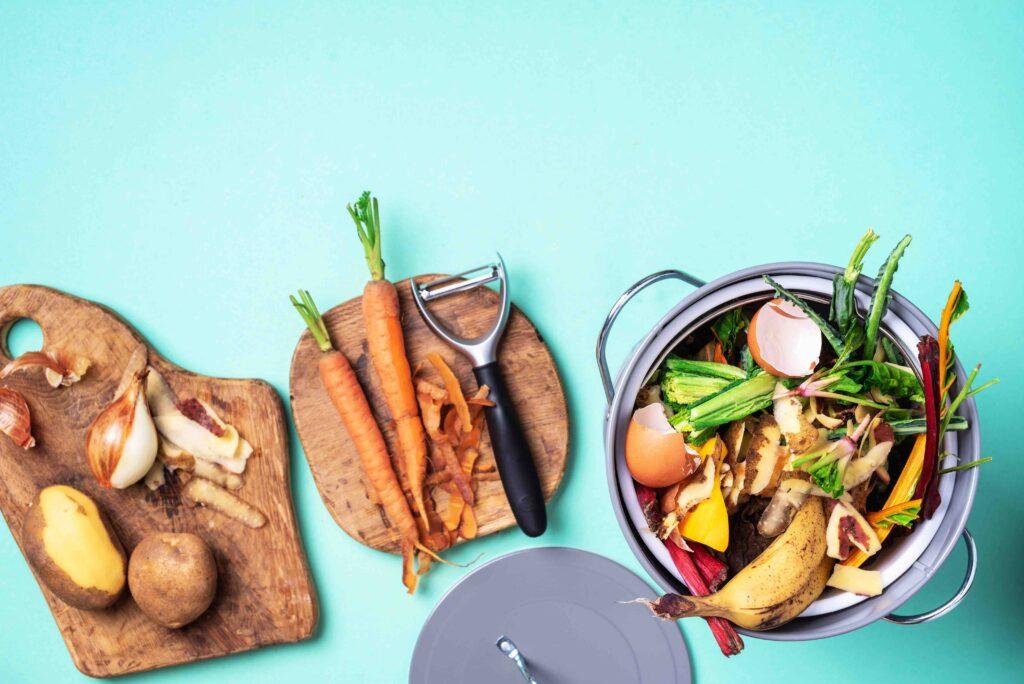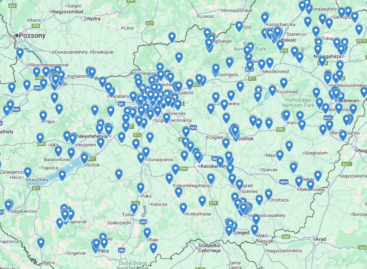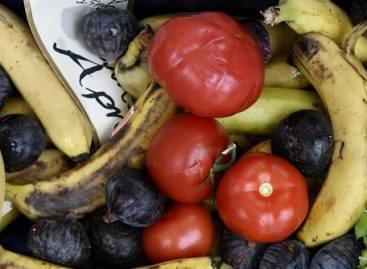In Hungary alone, we waste 820,000 tons of food every year
During cooking, a lot of kitchen waste is produced, which we usually throw away, and in addition, there is also a huge amount of food that we don’t even use, we just throw it in the trash, unopened and intact. In Hungary, this means no less than 820,000 tons per year. However, with conscious planning, waste could be avoided, and tasty and healthy dishes could be prepared from the remaining ingredients with simple solutions. Recycling the waste generated in the kitchen is not only an environmentally conscious solution, but also a creative culinary art that has many possibilities.

In Hungary, 30% of household waste is organic waste, of which 320,000 tons end up in landfills and 600,000 tons in the sewer system. This amount could be significantly reduced if knowledge about the use of kitchen scraps were more widespread.
One of the most important goals of the European Climate Pact is to contribute to making the individual, everyday actions of private individuals more environmentally conscious through its attitude-shaping activities.
“Recycling kitchen waste not only protects our environment, but also results in significant savings for households. With a little creativity and awareness, we can prepare dishes that can make our daily meals richer and healthier, and save our wallets at the same time”
– said ecosystem researcher Amrein Tamásné Miskolczi Boglárka, ambassador of the European Climate Pact, who is also a committed supporter of zero-residue cooking. Some of the expert’s ideas for using kitchen leftovers that can be easily incorporated into everyday life:
Soup stock: An excellent soup stock can be made from the skins of the vegetables (after thorough cleaning), which can be frozen, steamed or refrigerated. This can be used as a base for quick soups, sauces or purees at the weekend. Shell stocks can be especially tasty with carbonara or creamy mushroom pasta sauces.
Creamy side dishes: You can boil the skins of carrots, celery, and even beetroot in salted water, then blend them with butter, spices, cream, sour cream or cottage cheese to make a creamy side dish for fried meat or grilled fish.
Sauces and pesto: Kohlrabi leaves, radish leaves, carrot leaves and onion leaves are also edible and can be used to make special dishes such as kohlrabi leaf sauce or radish pesto. The leaves and stems of cauliflower and broccoli are also delicious, especially grilled.
Seasoning salt: For seasoning salt made from potato skins, potato skins are dried in an oven at 50-60 degrees Celsius for three hours, then blended with salt. This seasoning salt is also excellent for flavoring meats, vegetables and side dishes.
Fruit cubes for cakes: Dice and dried apple and pear skins can be used as tea, but can also be mixed into cakes. Lemon, orange peel, and remaining pieces of ginger can be candied and are also very delicious in cakes.
Vinegar: Apple pomace can be used to make homemade apple cider vinegar, which offers many uses, from beautifying to weight loss to strengthening the immune system.
Pickles: You can make pickles from the peel of melons, and you can pickle or dry the peels of lemons and oranges. Pickled peels enhance the flavor of sauces and dishes.
Recycling kitchen waste contributes to a sustainable lifestyle and environmental protection. With a conscious and creative approach, we can not only reduce the amount of waste, but also discover new, exciting flavors and experiences in the kitchen.
Related news
Too many gifts, too much food: our holiday excesses are putting a serious strain on the environment
🎧 Hallgasd a cikket: Lejátszás Szünet Folytatás Leállítás Nyelv: Auto…
Read more >Value saving: ON – Waste: OFF
🎧 Hallgasd a cikket: Lejátszás Szünet Folytatás Leállítás Nyelv: Auto…
Read more >With a capsule chamber against food waste – Advice from the Nébih Without Leftovers program
🎧 Hallgasd a cikket: Lejátszás Szünet Folytatás Leállítás Nyelv: Auto…
Read more >Related news
Péter Noszek became the president of the Managers’ Association
🎧 Hallgasd a cikket: Lejátszás Szünet Folytatás Leállítás Nyelv: Auto…
Read more >Shrinkage inflation: several products became smaller in December and January – baked goods, sweets, razor blades, and dishwashing detergent were also affected
🎧 Hallgasd a cikket: Lejátszás Szünet Folytatás Leállítás Nyelv: Auto…
Read more >Online shopping has become routine, Kifli.hu set records in 2025
🎧 Hallgasd a cikket: Lejátszás Szünet Folytatás Leállítás Nyelv: Auto…
Read more >







